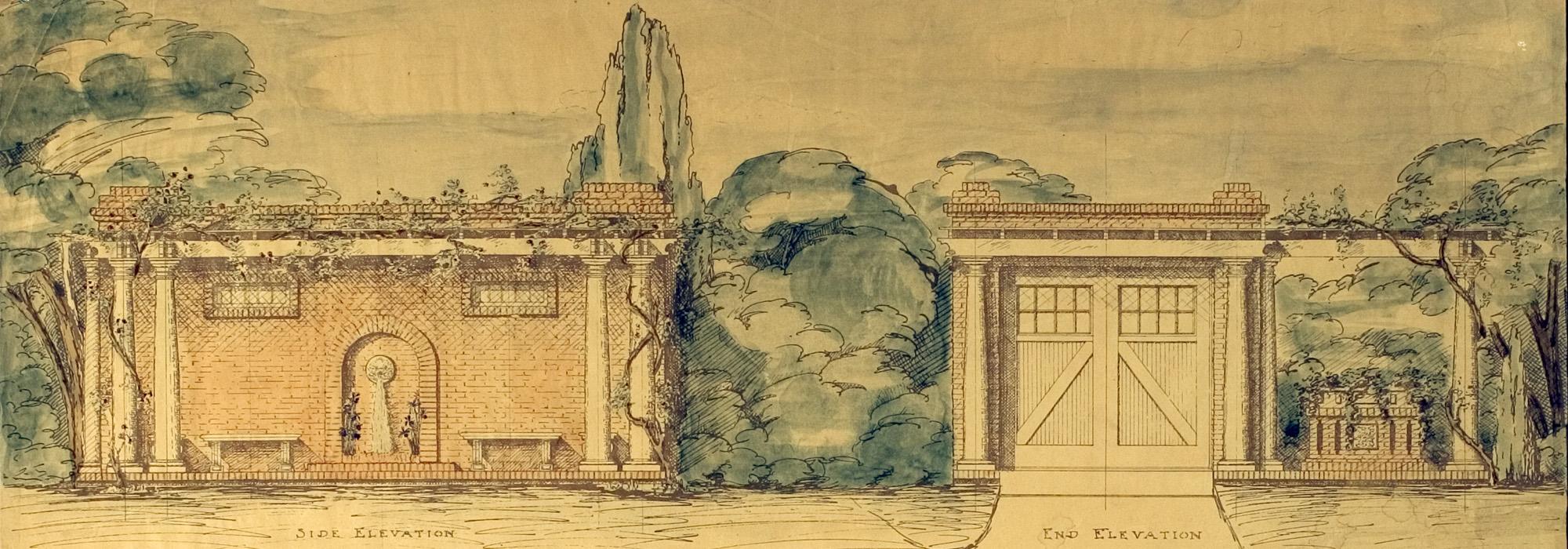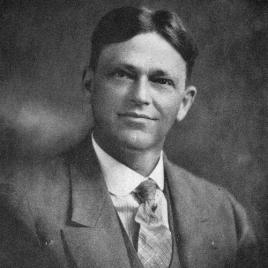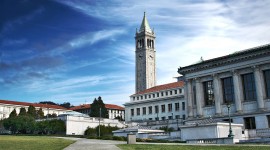Pioneer Information
Born in Weare, New Hampshire, Gregg earned a B.S. in landscape architecture from the Massachusetts Agricultural College(now University of Massachusetts, Amherst), as well as a B.A. from Boston University, in 1904. Early in his career, he worked in a series of jobs related to horticulture in Texas, Nebraska, and New Jersey before joining the teaching staff at the Pennsylvania State College (now Pennsylvania State University) in 1910, where he established the college’s first landscape architecture program. After three years, Gregg followed the school’s dean of agriculture, Thomas Forsythe Hunt, to the University of California, Berkeley, where he was appointed assistant professor and founding chair of the division of landscape gardening and floriculture. His lecture-based courses introduced students, including Howard Gilkey and Garrett Eckbo, to the basics of landscape design, from domestic gardens to city planning. In addition to teaching, Gregg served as the landscape architect for the University of California system. In this capacity, he consulted on the design and layout of several campuses, including those in Berkeley, Davis, and Los Angeles. He was also an active member of the Berkeley Park Commission and the Civic Arts Commission, contributing to the development of the city’s Aquatic Park and Codornices Park. Other projects included the All-American Canal and Mills College in Oakland. Gregg was named a Fellow of the American Society of Landscape Architects in 1940, serving for a time as vice president of the Pacific Coast chapter. Two years following his retirement in 1947 he was awarded an honorary doctorate in landscape architecture from the University of Massachusetts. Gregg died at the age of 89 at Alta Bates Hospital in Berkeley, California.







